Delphiniums can be propagated by division, however unlike many perennials that are propagated by division the whole parent plant must be dug up and then divided which could shock the plant so it should be done early in the morning on a grey day in the spring. The most common practice of propagation because there are both annual and perennial varieties is done by sowing seed, which can be difficult or taking a heeled basal cutting in the spring, which requires a cutting 4-6" long in early spring with the bottom cut being made as close to the crown as possible, but some say taking a stem cutting from the mature part, in the spring, of the plant and placing it in sand and perlite mixture sitting in a saucer of water will also generate roots. I prefer division, but the problem is with delphiniums is they need a fertile rich humus soil, heavily composted and must be fertilized every month with a liquid and since the parent plant must be replaced every three years, the plants become woody and blooming decreases, so some people feel delphiniums aren’t worth the trouble since the taller varieties, Pacific Hybrids, the most popular, need staking because some could reach as high as 6' and why many people opt for the dwarf variety because they only grow as tall as 18". Delphiniums take full sun, out of the wind, in well drained soil and there color ranges almost the full spectrum with the blue being the most common and can be used for cut flowers. The best way to get repeat blooms, they bloom from June to July, is to cut back the stem after blooming down to the crown, but then you will not get plants to divide.








































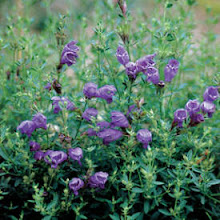
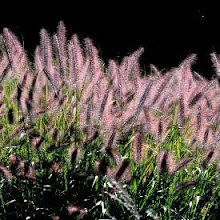

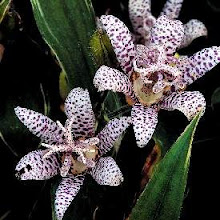

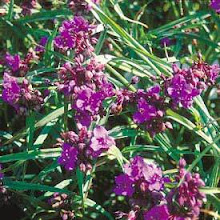



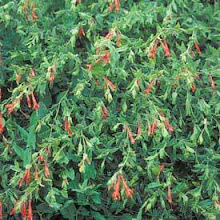
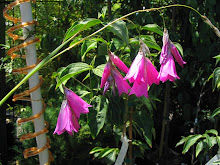





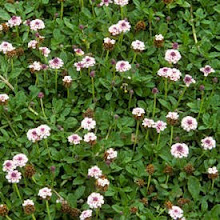
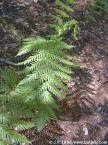








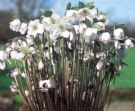
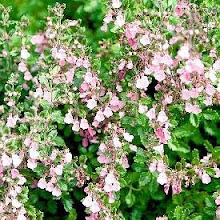

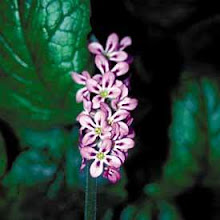

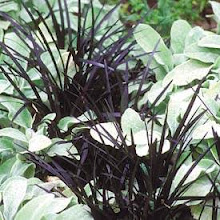


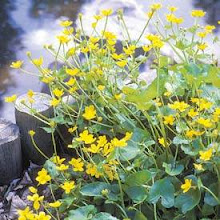









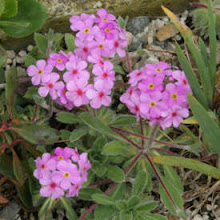



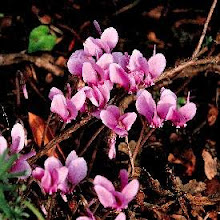

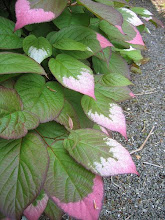
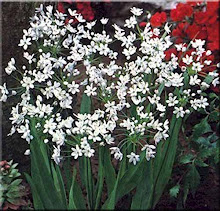
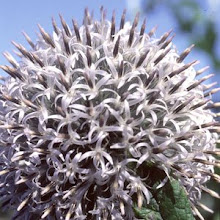



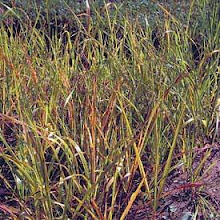

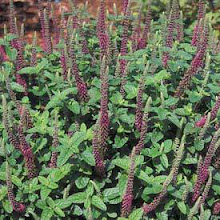





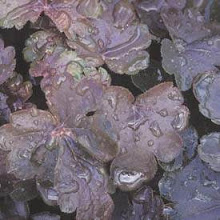








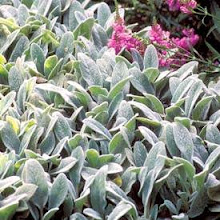

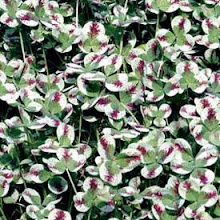


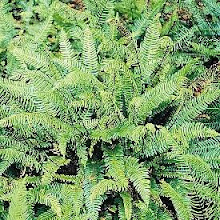

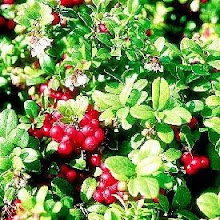



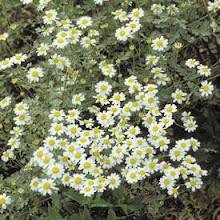
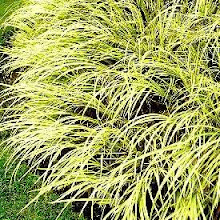










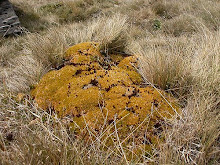
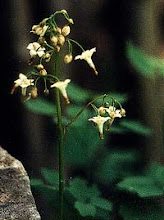


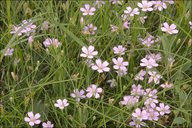

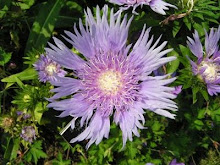












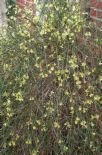






































































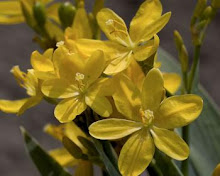










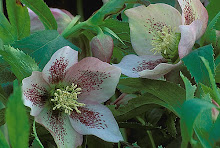












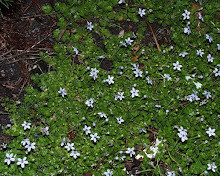




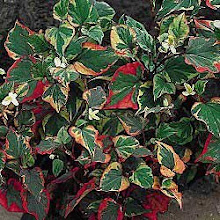







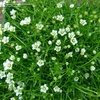
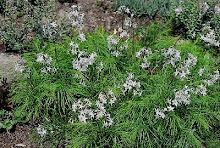















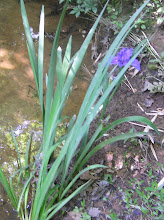




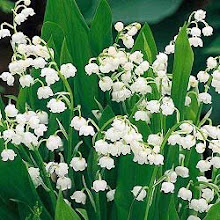






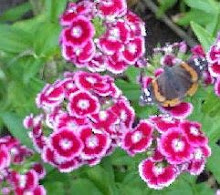










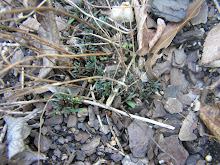

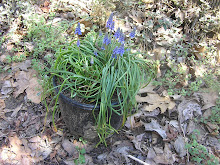
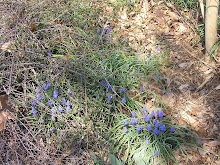
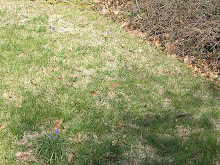


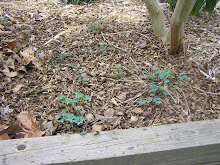

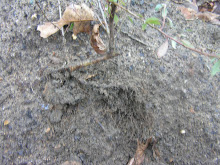
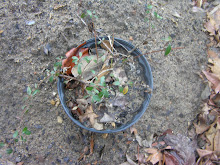


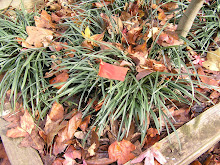
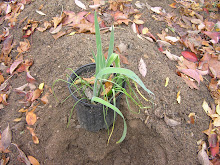


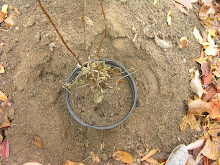
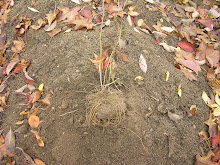
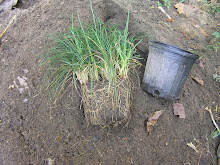

No comments:
Post a Comment